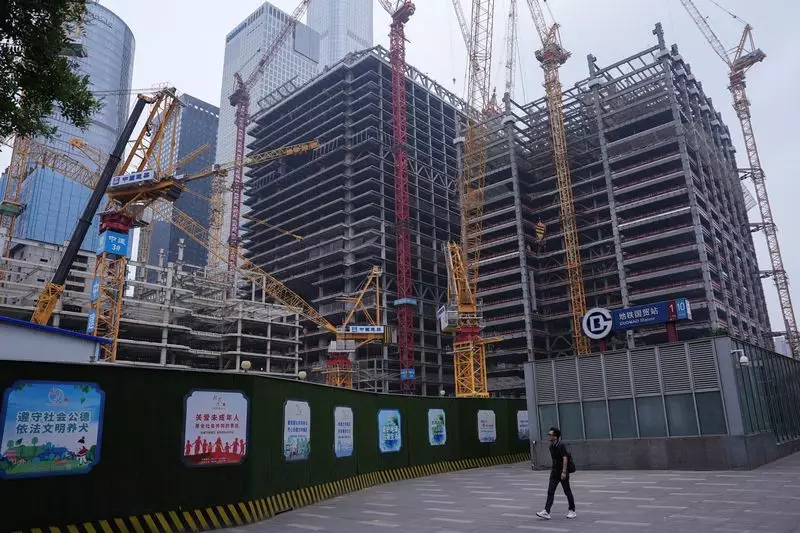In a recent press conference, China’s Finance Minister, Lan Foan, unveiled a commitment to “significantly increase” the country’s debt as part of broader efforts to rejuvenate its flagging economy. This announcement has sparked various reactions from investors and economic analysts alike, particularly given that details surrounding the total monetary injection remain ambiguous. As the world’s second-largest economy grapples with multiple challenges—including a property market downturn, deflationary forces, and dwindling consumer confidence—understanding the implications of this policy becomes crucial.
According to Lan, the Chinese government plans to tackle local government debt issues, provide subsidies for low-income citizens, bolster the struggling property market, and enhance the capital reserves of state banks. These measures resonate with investor demands, as there has been an increasing urgency to stabilize a faltering financial landscape. However, Lan’s failure to specify the overall fiscal package leaves room for skepticism and speculation. The absence of concrete figures may prolong investor uncertainty, raising questions regarding the overall effectiveness of the proposed measures in sustaining the recent rally in Chinese stock markets.
Market sentiments have fluctuated significantly following the announcements. While Chinese stocks initially surged to two-year highs—boosted by optimism over potential new fiscal stimulus—the recent lack of clarity has contributed to a more anxious atmosphere. Vasu Menon from OCBC in Singapore highlighted that while the government’s commitment displays strong resolve, the lack of numerical specifics may disappoint those seeking a “big bang” stimulus. Moreover, economic indicators released in recent months have consistently underperformed, prompting concerns that China may not reach its growth target of approximately 5% for the year.
China’s economic policies undoubtedly have ripple effects on global commodity markets. Given its vast industrial might, any shifts in demand can substantially impact prices for key commodities such as iron ore, industrial metals, and oil. Recently, expectations of further economic stimulus have created volatility in these markets, underscoring China’s pivotal position in the global economy. Speculations triggered by potential government actions have led to price fluctuations, reflecting how intertwined China’s economic health is with that of the international community.
Despite the Finance Minister’s assurance that the government has room to maneuver with debt issuance, structural realities must be considered. The International Monetary Fund (IMF) estimates that China’s central government debt is around 24% of its economic output. However, when including local government liabilities, public debt spikes to an alarming $16 trillion, translating to about 116% of GDP. This backdrop raises critical questions about China’s long-term fiscal sustainability and the wisdom of continuing debt-funded investments, especially given diminishing returns.
Additionally, analysts reveal that while the central bank has implemented aggressive monetary support measures—including interest rate cuts and liquidity injections—these steps may not sufficiently address fundamental issues like weak household consumption and excessive reliance on infrastructure investment. The government’s long-standing plans to enhance domestic demand continue to face significant barriers, demanding a deeper reevaluation of policy frameworks and institutional practices.
While China’s recent commitments to increase debt and stimulate the economy exhibit a willingness to confront existing challenges, the vagueness of the proposed fiscal measures raises concerns among investors and analysts alike. The optimistic rhetoric must be supported by actionable strategies and transparent figures if the Chinese economy is to navigate its current malaise effectively. As economic data for September is anticipated, all eyes will likely remain on Beijing, watching for further indications of policy direction that could either reinvigorate confidence in the markets or exacerbate existing fears of a protracted slowdown. Ultimately, a carefully calibrated approach that seeks to balance debt levels while encouraging domestic consumption will be vital for achieving sustainable economic growth in China.

